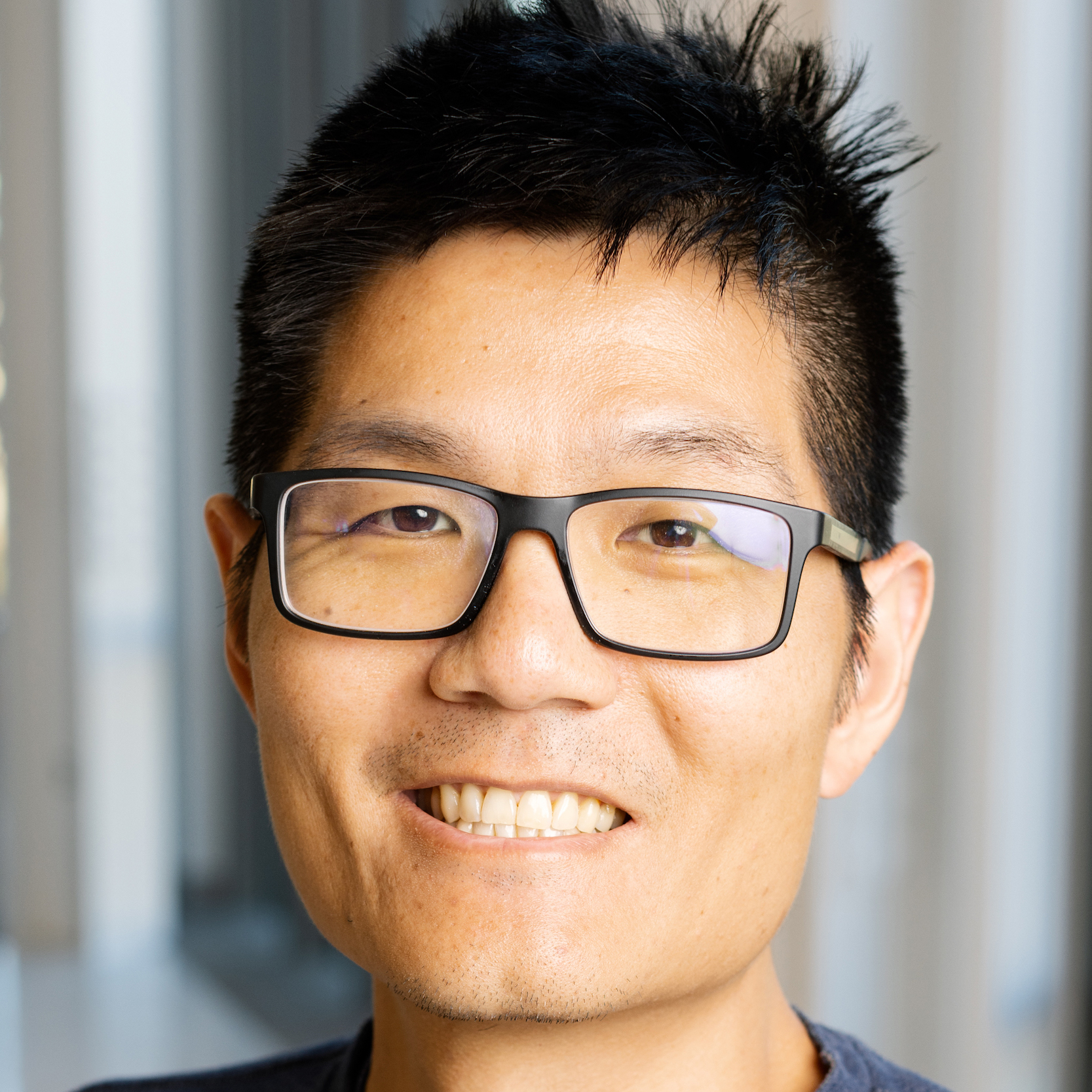Cited By
View all- Li QWu S(2024)Towards Fair and Inclusive Speech Recognition for Stuttering: Community-led Chinese Stuttered Speech Dataset Creation and BenchmarkingExtended Abstracts of the CHI Conference on Human Factors in Computing Systems10.1145/3613905.3650950(1-9)Online publication date: 11-May-2024
- Mayer AIhl AGrabl SStrunk KFiedler M(2024)A silver lining for the excluded: Exploring experiences that micro‐task crowdsourcing affords workers with impaired work accessInformation Systems Journal10.1111/isj.1251134:6(1838-1870)Online publication date: 3-Mar-2024
- Yildiz Z(2023)Understanding the Role of Socio-Technical Infrastructures on the Organization of Access for the Mixed-Ability CollaboratorsACM SIGACCESS Accessibility and Computing10.1145/3584732.3584739(1-1)Online publication date: 15-Feb-2023
- Show More Cited By



